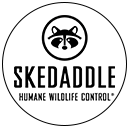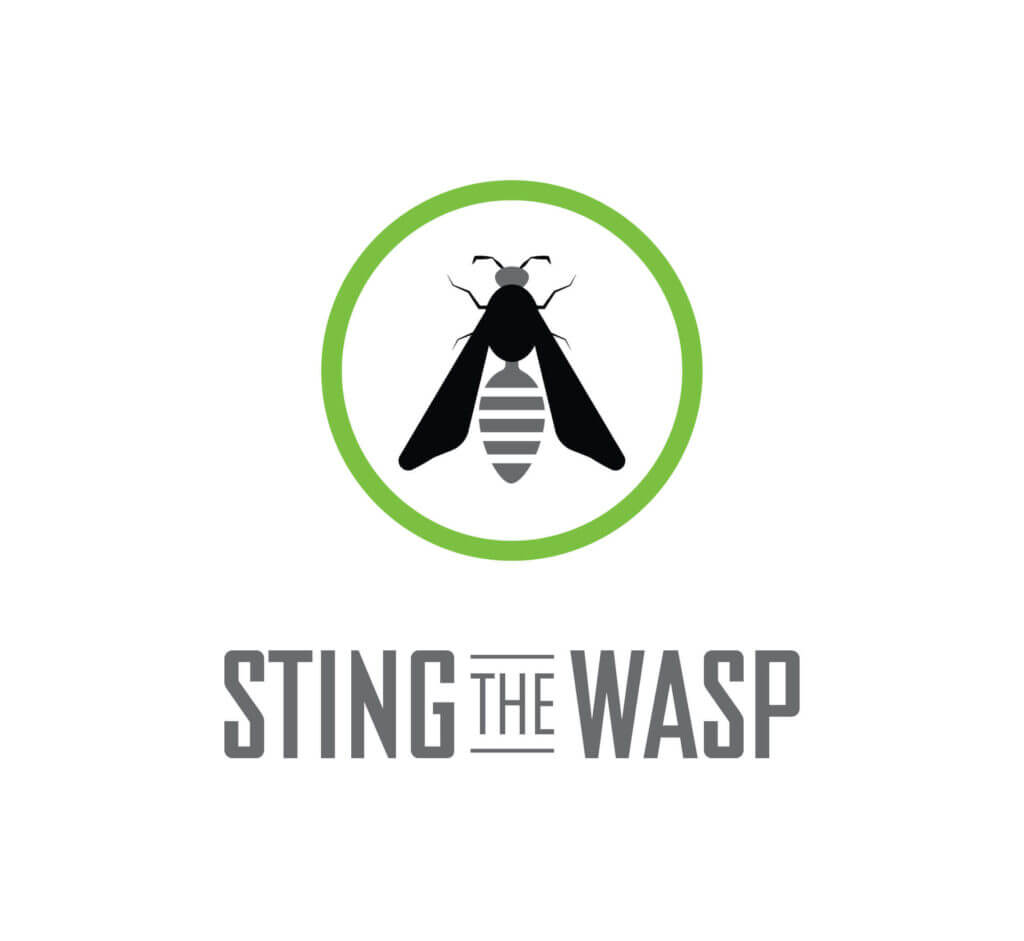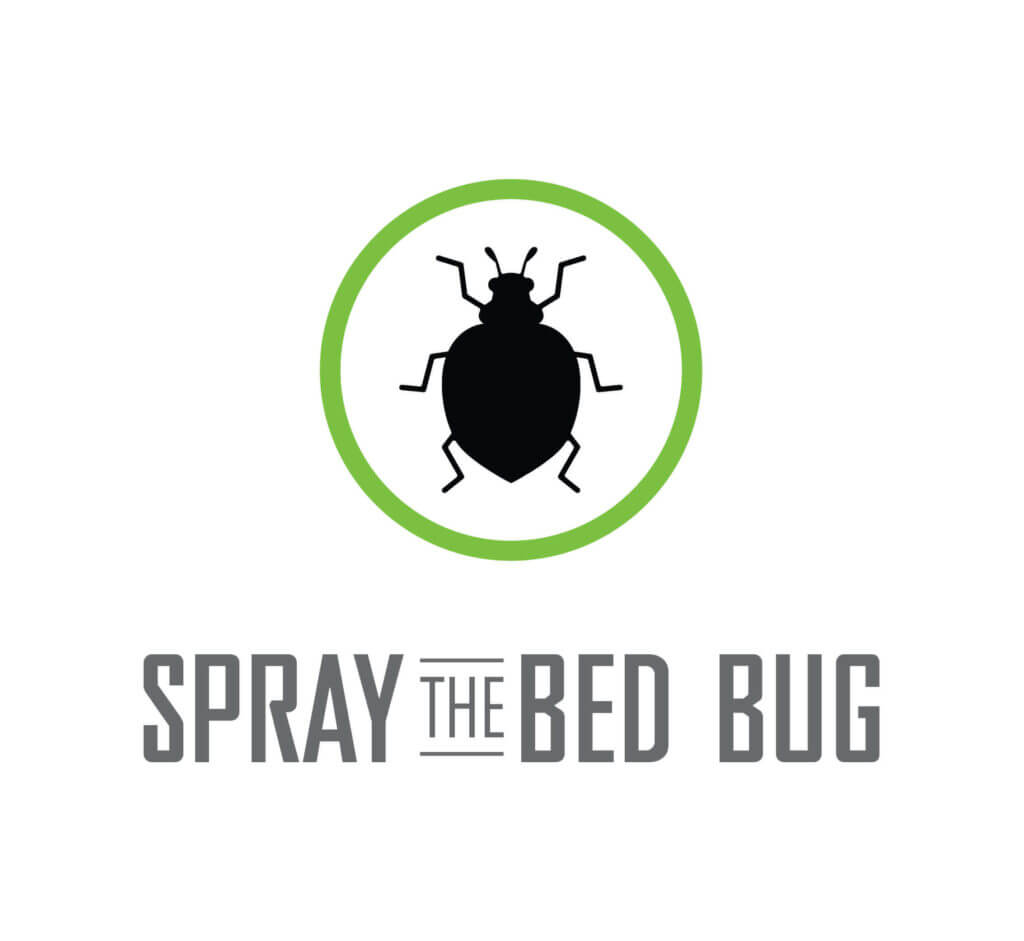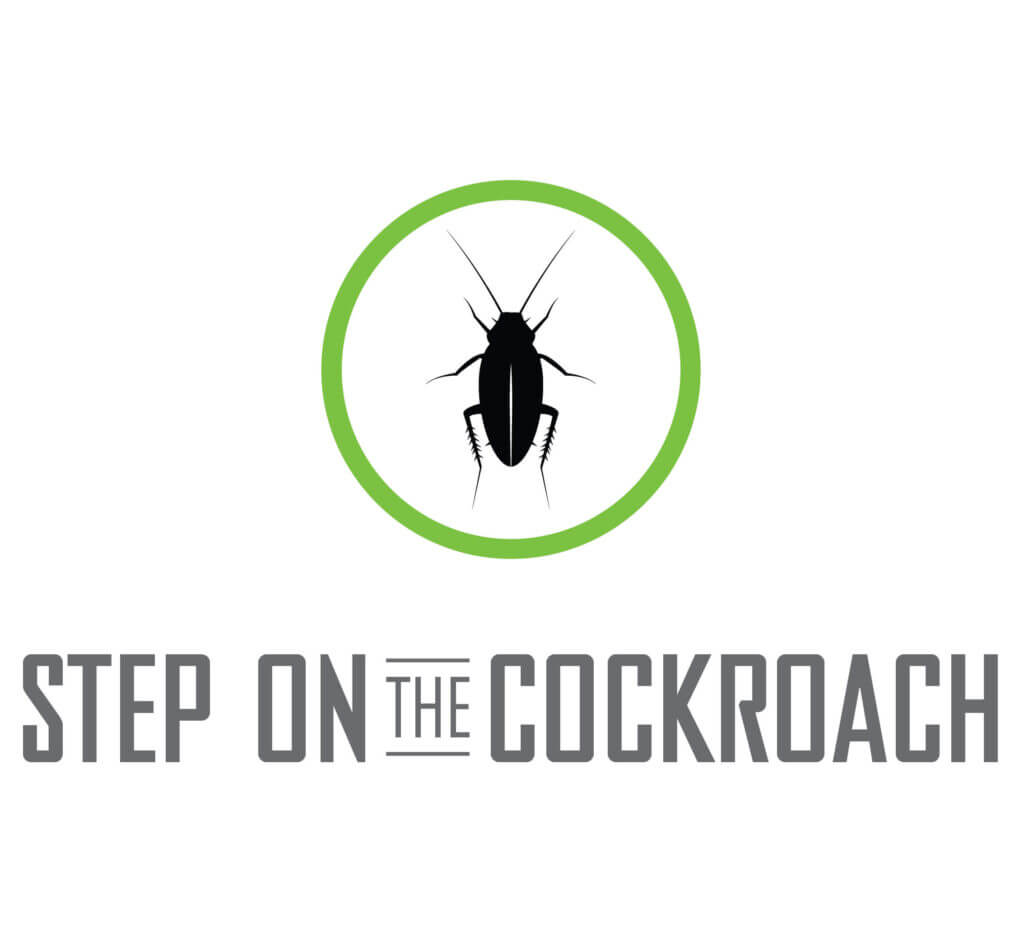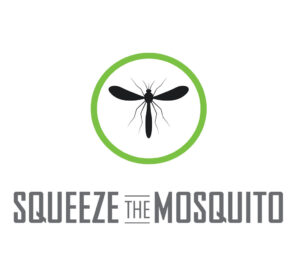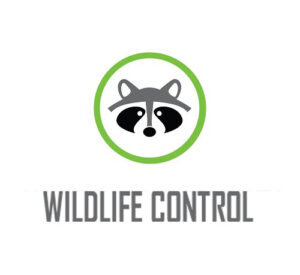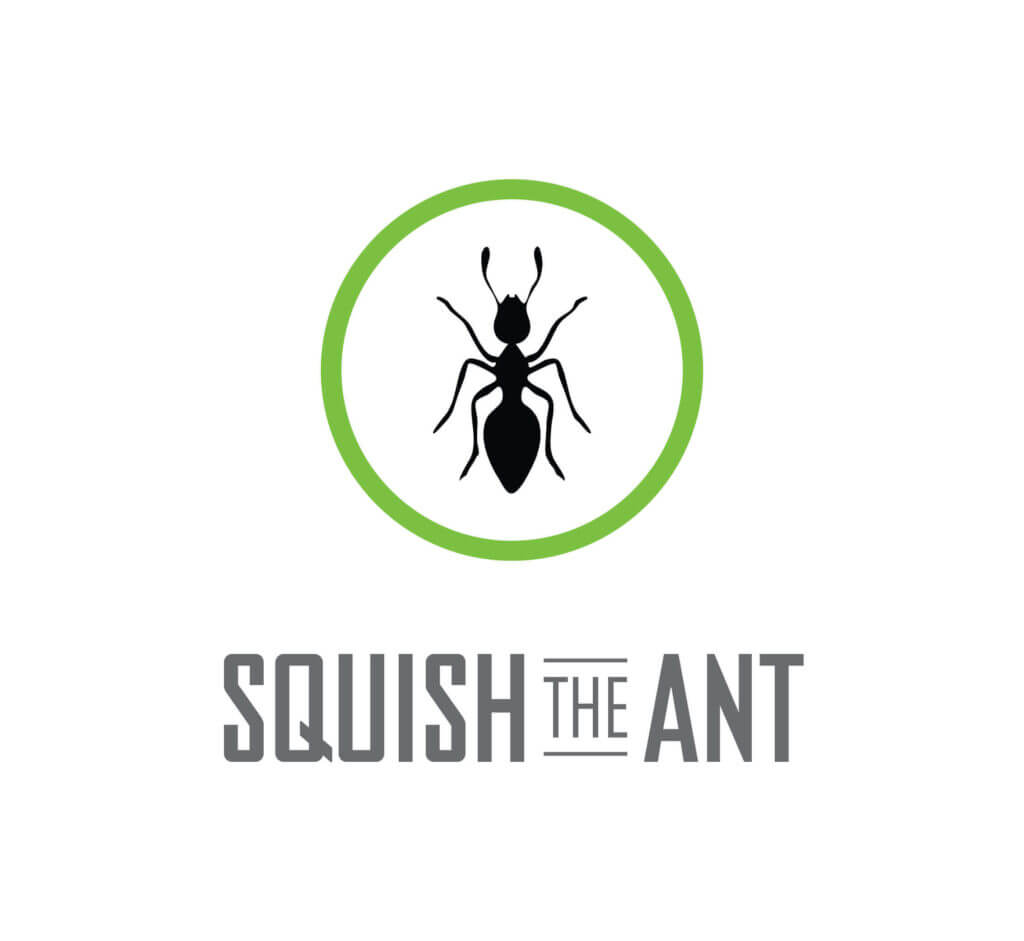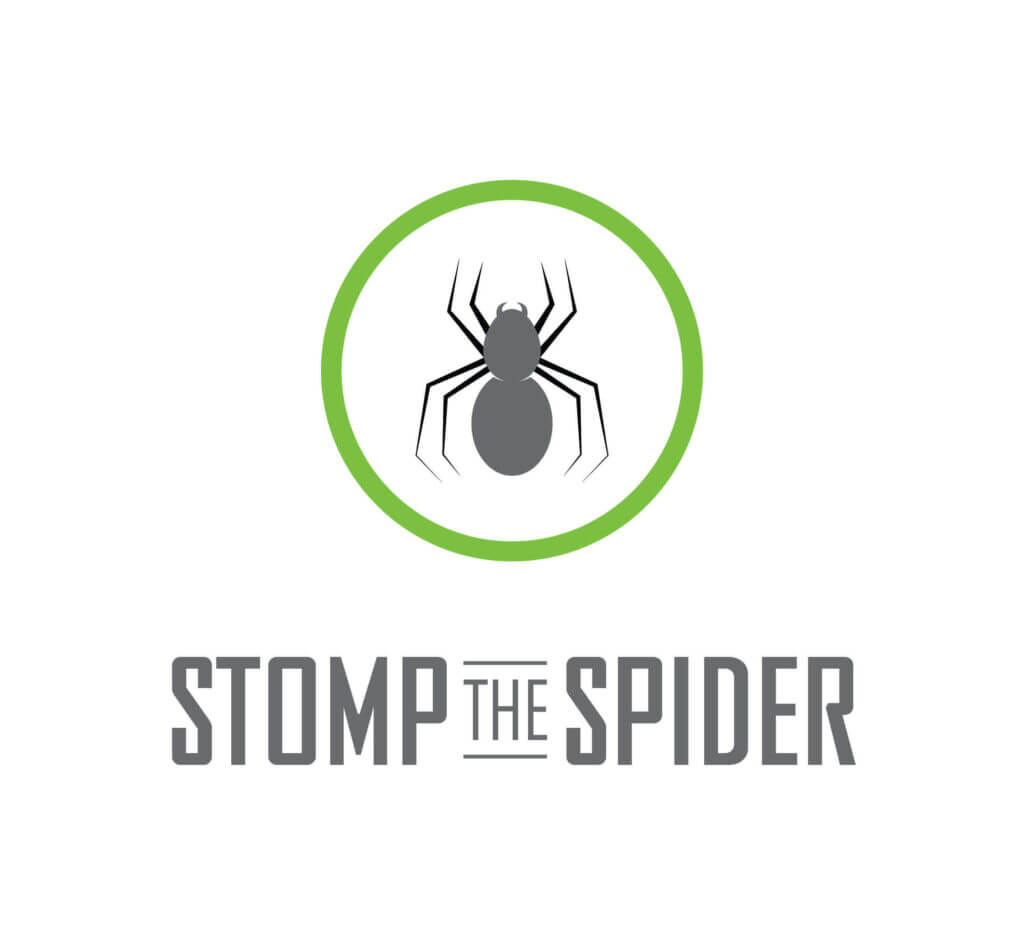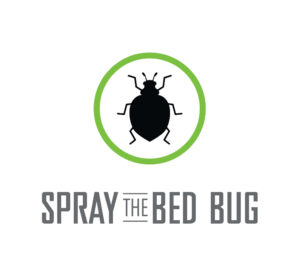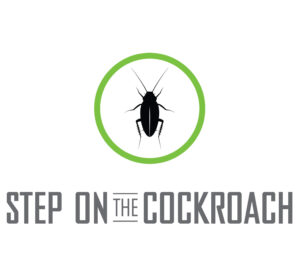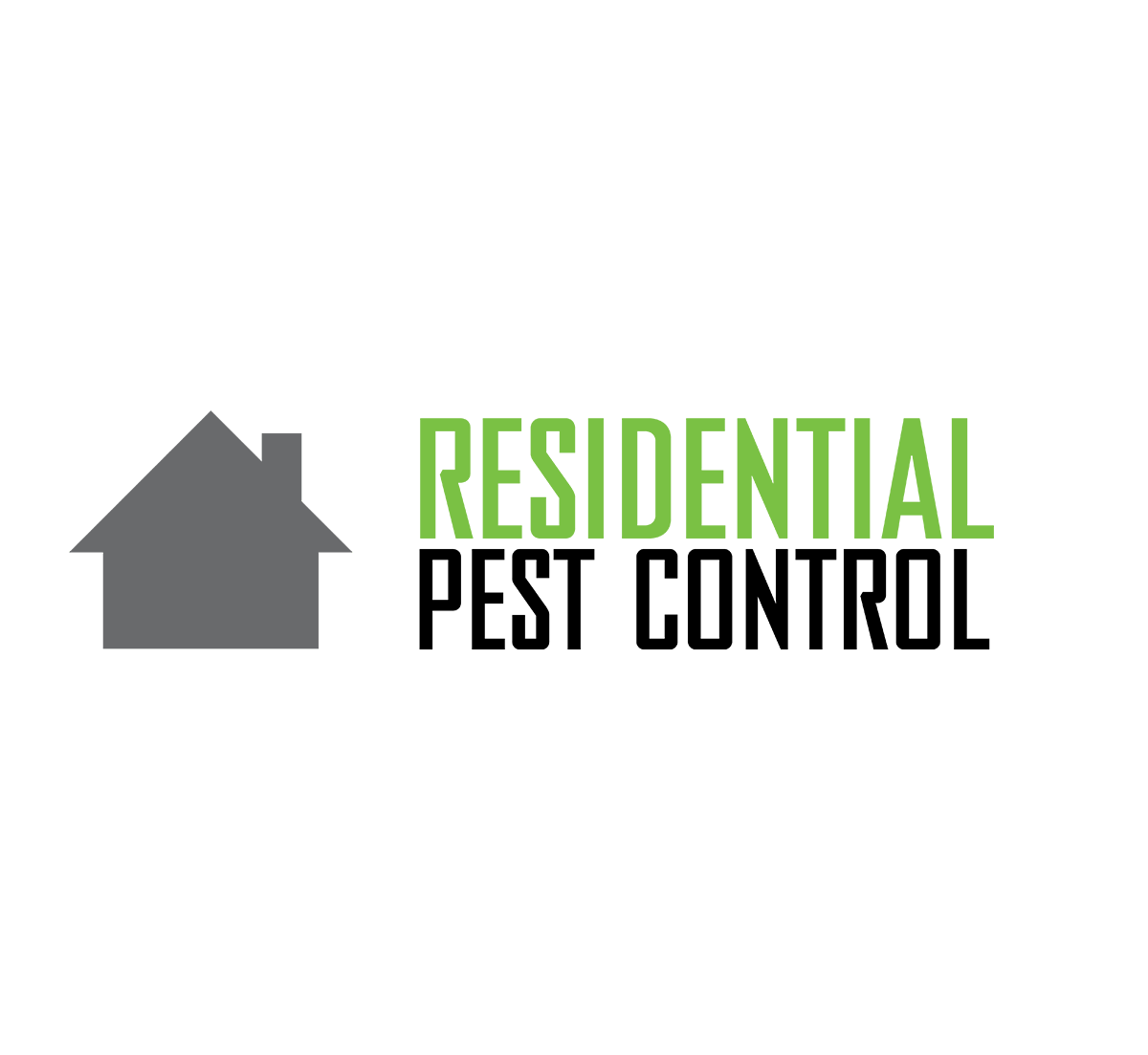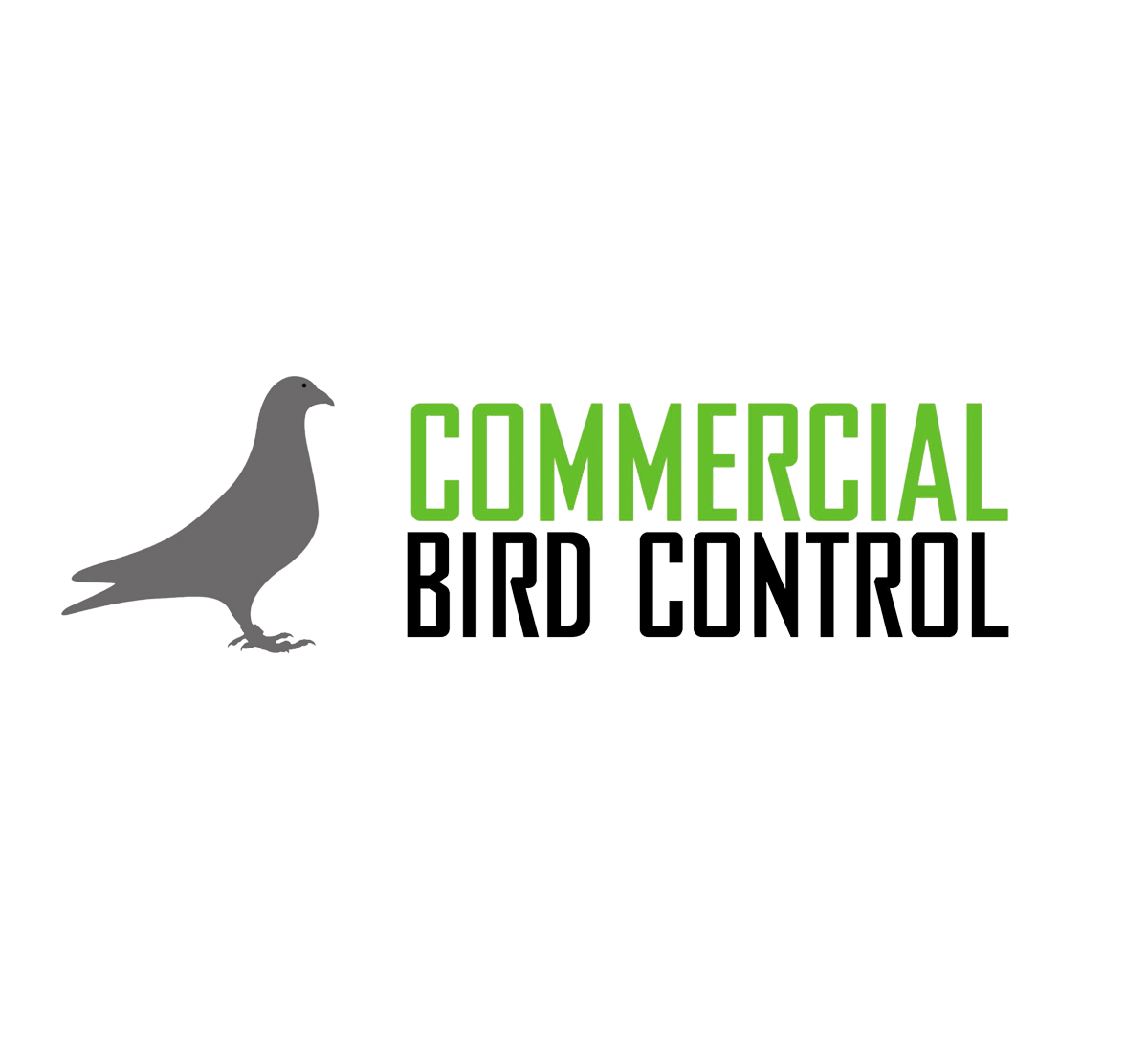Skedaddle Humane Wildlife Control has been proudly serving Burlington since 1989, offering home and business owners with industry leading solutions to their wildlife conflicts. We specialize in humanely removing and excluding raccoons, squirrels, skunks, birds, mice, bats, and other urban wildlife species.
Wildlife can be found throughout Burlington, from the urban and industrial south to more rural and agricultural spaces north of the 407. Wild animals have different needs when it comes to survival but most will require a den or nest of some kind. Unfortunately for Burlington homeowners that need can often lead to wildlife occupying their attic, chimney, vents or shed. Once wildlife make their way inside, they can create costly home damage and introduce harmful contaminants that must be addressed with speed and professionalism.
Dealing with nuisance wildlife can be a scary and stressful situation and having a team you can trust can make all the difference. No matter how big or small the problem, we’ve got the skills and know-how to handle it safely and humanely. At Skedaddle, our expert team understands wildlife behaviour inside and out, which allows us to design and implement customized wildlife removal and exclusion plans. We offer everything from wildlife removal to cleanup and prevention, making sure your property stays safe and your family protected.
WILDLIFE REMOVAL BURLINGTON
Burlington lies at the heart of southern Ontario’s bustling Golden Horseshoe region but despite rapid development and urban expansion the city remains a suitable home for many urban wildlife species. Large conservation areas, the Greenbelt and watersheds flowing to Lake Ontario help provide the food, shelter and migration paths for wildlife to flourish in Burlington. These natural spaces are weaved throughout Burlington’s urban environment and are often incorporated into residential and commercial developments.
For those species that have been able to adapt to changing conditions, the increase in residential neighbourhoods has, somewhat ironically, also created a more favourable environment for certain species to adapt to life among humans. Homes and buildings, often designed with multiple small entry points like attic vents, eaves, and chimneys, present ideal nesting or denning sites for animals like raccoons, squirrels, mice and bats. The abundance of food from gardens, bird feeders, and household waste only adds to the appeal, allowing these animals to survive and thrive.
Urban wildlife can take advantage of openings and weaknesses they find on homes and other structures like decks, sheds and garages to make their way inside. The attics, wall cavities and crawl spaces of houses provide shelter from the elements and a secure place for wildlife mothers to stash away young litters of babies during spring and summer.
Each year countless Burlington homeowners find themselves in the unwanted and unexpected position of needing wildlife removal services. The right removal plan requires knowledge and understanding of wildlife behaviour and biology as well as housing construction and repair.
COMMON URBAN WILDLIFE IN BURLINGTON
Wildlife species in Burlington can cause a range of problems inside your home, and the damage they create can vary widely from situation to situation. Here are some of the most common culprits and some of problems they can cause for homeowners:
Raccoons
Raccoons are notorious for their ability to create havoc once they enter a home, especially during the spring birthing season. Raccoons can dislodge roofing materials like vents, soffits and flashing while attempting to gain entry. Their dexterous paws allow them to exploit vulnerable areas of a home and target areas like attics, where they can cause extensive damage. Additionally, raccoons can create significant messes by tearing up and trampling insulation and leaving behind feces, potentially leading to contamination and unpleasant odors.
Squirrels
Once squirrels gain access to a home, they are highly skilled at establishing nests in hard-to-reach areas such as attic spaces, wall voids, and vents. Their gnawing behaviour can lead to significant damage; they often chew through electrical wires, insulation, and even structural wood. This not only risks potential fires from exposed wires but can also lead to costly repairs due to damage to insulation and structural components.
Mice
Mice can infiltrate homes through remarkably small openings leaving both new and older homes vulnerable to entry. Once inside, they can be difficult to detect because they prefer to nest in attics, walls, or basements to stay away from human activity. Mice cause damage by chewing on various materials, including insulation, some water lines, and wiring, which can result in fire hazards and structural damage. They also leave behind droppings and urine, which can lead to health concerns, unpleasant odors, and further contamination of insulation and stored items.
Bats
Bats often roost in the walls and attics of buildings, where they find warmth and shelter. Most homeowners become aware of a bat problem inside their home when one of them makes its way into the living space of the home, usually during summer. Discovering a bat inside your house means there is a colony in the walls or attic. Bats can carry rabies so care must be taken when removing a bat from the living space to avoid a bite or scratch.
Skunks
Skunks typically establish their dens at ground level, often beneath decks, sheds, porches, or floating additions. Skunks can create unpleasant odors, which can infiltrate the home and are difficult to neutralize. A family of skunks living on your property also puts your dog at increased risk for being sprayed.
Birds
Birds often seek out tight, enclosed spaces for nesting, such as vents and chimneys. Their nesting materials, which can include twigs, leaves, and feathers, pose serious fire hazards by obstructing vents and creating blockages. The presence of birds in vents can result in unpleasant odors and noisy disturbances from chirping or fluttering sounds. Pigeons, gulls and geese prefer the wide open spaces of commercial properties, especially along the waterfront and can lead to safety and operational challenges for business owners.
SKEDADDLE’S WILDLIFE REMOVAL SERVICES
At Skedaddle, we offer customized services designed to address all your wildlife control needs:
Thorough Inspection: Our team of trained professionals starts the process with a detailed inspection of your property to identify the species of wildlife present, locate their nesting sites and entry points, and assess any damage. Based on these findings, we develop a customized removal strategy.
Humane Wildlife Removal: We specialize in employing safe and humane techniques for wildlife removal. Our approach ensures that all animals, including mothers and their offspring, are handled with care and removed safely.
Cleaning and Restoration: Following the removal of wildlife, our specialists undertake thorough cleaning and sanitation of affected areas to eliminate any remnants of wildlife presence. Additionally, we offer restoration services to repair any structural damage, including insulation replacement.
Prevention and Exclusion: To safeguard your property against future wildlife intrusions, we implement proactive measures such as sealing entry points and installing customized barriers.
WHY CHOOSE SKEDADDLE BURLINGTON
When urban wildlife encroaches too close for comfort, the best course of action is to enlist professional assistance. It’s important to recognize that wildlife in Burlington will always thrive in our urban communities. Resorting to trapping and killing these animals is both cruel and ineffective for long-term solutions. Hiring skilled professionals ensures your safety throughout the process, mitigating the risks of injury or infection. Our team possesses the necessary experience and expertise to handle wildlife removal safely, compassionately, and efficiently.
In 2024, The Halton Region Public Health reported that a bat found in Burlington had tested positive for the rabies virus. Handling sick wildlife and identifying if they are carrying a disease is a job for professionals who understand how to safely handle the situation. With rabies cases reported in the region and surrounding areas, it is always important to approach all wildlife removals with the help of professionals. Relying on professional wildlife services is essential to safely and humanely remove wildlife while mitigating potential hazards. Skedaddle technicians ensure that all wildlife removals are handled with care, reducing the risk of disease transmission and preventing future encounters.
SKEDADDLE’S PARTNERSHIPS IN THE COMMUNITY
Our team frequently collaborates with both the Hamilton/Burlington SPCA as well as the Burlington Humane Society, engaging with community members at events and fundraisers. Through these engagements, we share our knowledge with residents and help them proactively protect their property from wildlife. Through these efforts, we aim to empower residents of Burlington with the tools and understanding needed to coexist responsibly with wildlife. We even help to spread the joy of the holiday season to these invaluable community organizations by decorating their shelters with lights.

SKEDADDLE BURLINGTON, DID YOU KNOW?
Does Skedaddle Burlington Provide Pest Control Services?
In addition to our wildlife removal services, Skedaddle provides home and business owners in Burlington with safe and reliable pest control services. Common pests that invade Burlington businesses and homes include spiders, ants, wasps, bedbugs, cockroaches.
Are There Rabid Animals Burlington?
Rabies is a rare yet lethal virus that can be transmitted to humans from an infected mammal through a bite or scratch. In 2024, Halton Region confirmed a bat had tested positive for the rabies virus.
Are you Allowed to Trap and Relocate Wildlife in Burlington?
Ontario’s regulations strictly limit the trapping and relocating of wildlife to limit the spread of disease and reduce harm to affected wildlife. Trapping and relocating wildlife can lead to unintended and often inhumane consequences for wildlife and does not provide a long-term solution to wildlife conflicts.
When do Wild Animals in Burlington Give Birth to their Babies?
Wildlife babies, namely raccoons and squirrels, begin to arrive as early as late February and will continue to be born throughout the summer. By late spring, Burlington will see their first baby birds, skunks and bats. These species seek out warm and secure places to have and raise their babies, often putting them into attics, walls, vents and other structures.
Does Skedaddle Burlington Pick Up Sick, Injured or Orphaned Wildlife?
Skedaddle specializes in humanely removing and excluding wildlife from homes and businesses but we do not have the facilities or expertise to provide care for sick, injured or orphaned animals. Burlington residents that encounter wildlife in distress are encouraged to contact the city’s Animal Services department or the Ministry of Natural Resources.




